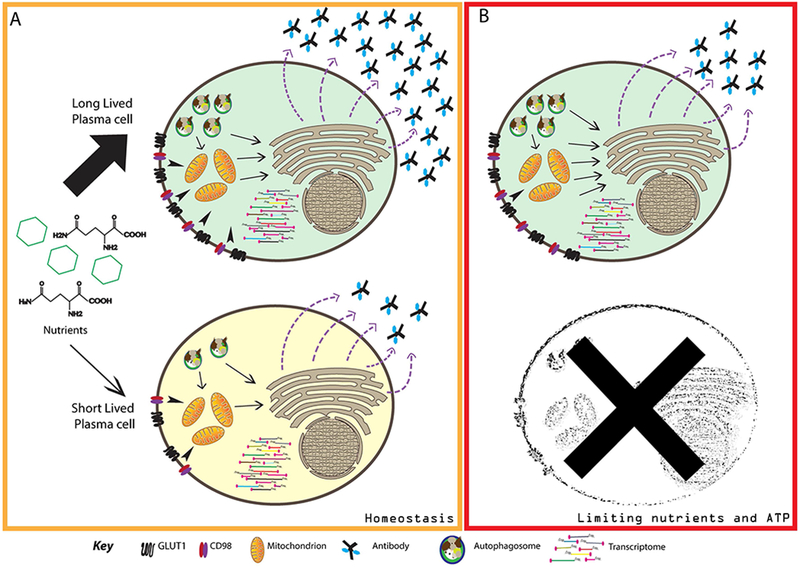Figure 2: Metabolic cues direct plasma cell longevity and function.

Schematic representation of the metabolic differences between short- and long-lived plasma cells (SLPCs and LLPCs). (A) Despite exhibiting similar transcriptomes, LLPCs take up higher levels of glucose and glutamine than do SLPCs under homeostatic conditions. Nutrients can also be provided through autophagy, which is also higher in LLPCs. These nutrients collectively are catabolized and directed to mitochondria for ATP generation, or used in synthesis and glycosylation of antibodies. ER stress is equivalent between plasma cell subsets, but SLPCs degrade antibody molecules more than LLPCs. As a result, LLPCs secrete more antibody molecules than SLPCs, despite equivalent rates of protein and antibody synthesis. (B) Under limiting nutrient availability and low ATP generation, LLPCs can expand their basal respiratory capacity to compensate. SLPCs are unable to perform this function and as a result, initiate pathways of programmed cell death.
